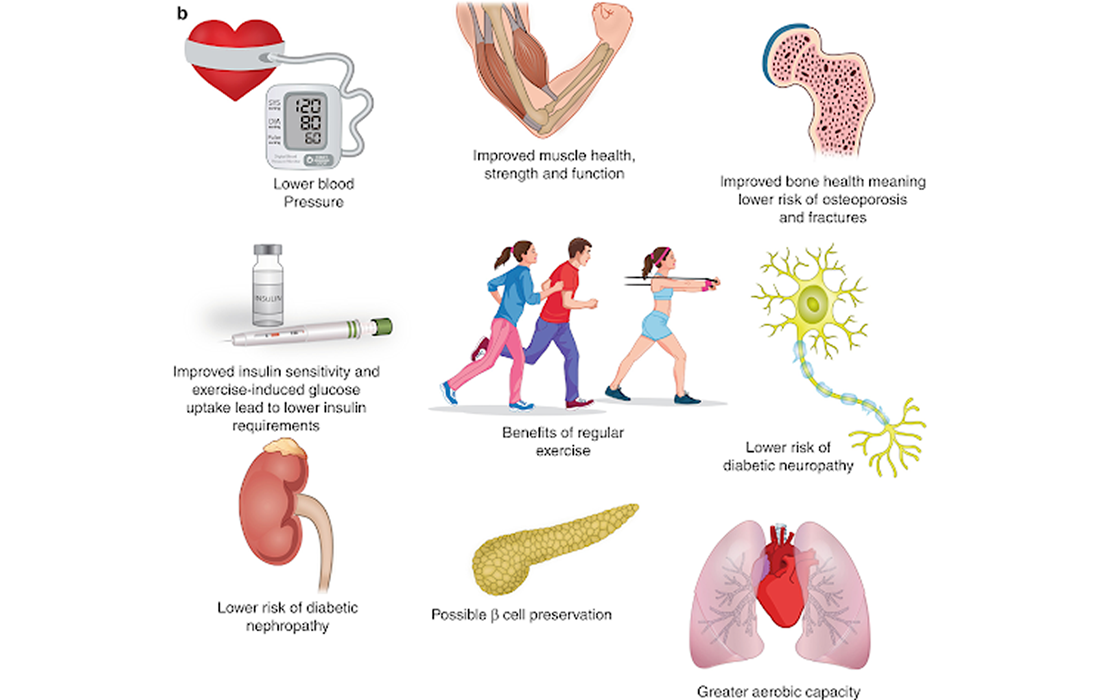Stem Cell Therapy for Specific Conditions
Diabetes and Stem Cell Function
It has been demonstrated in different studies that diabetes mellitus both type 1 and 2 affect the normal function of the central nervous system, atrophy in the skeletal muscle and muscle weakness. Although neurogenesis almost completely ceases after birth, recent studies have demonstrated that it continues at a slower rate in the adult brain.
This review study focuses on the improved function of stem cells by exercise, increasing the neurogenesis (generation of new cells) in the central nervous system. Helping in the recovery of diabetic patients with complications such as cognitive deficits, depression and Alzheimer’s disease. These neurologic conditions have been associated with an increased incidence in patients with diabetes.
Diabetic patients show a decreased number and activity of both neural stem cells and satellite cells (skeletal muscle stem cells), which can be improved by physical exercise, promoting cell proliferation, cell survival and neurogenesis. All of this causes an increase in the muscle skeletal mass and improves neurogenesis, helping in the prevention of neurodegenerative diseases such as Alzheimer disease.
It’s been reported that exercise is useful not only to the increase in stem cell numbers but also to their activation.
Some research has demonstrated that the generation of mature beta cells from stem cells is possible. This was done in vitro; however, this suggests the use of these cells as a potential and promising approach for diabetic treatment in the future.
Source:
Shin Fujimaki, et al. 2015. Diabetes and Stem Cell Function. Hindawi Publishing Corporation. Volume 2015. 16 pages.
Source link: https://www.hindawi.com/journals/bmri/2015/592915/

